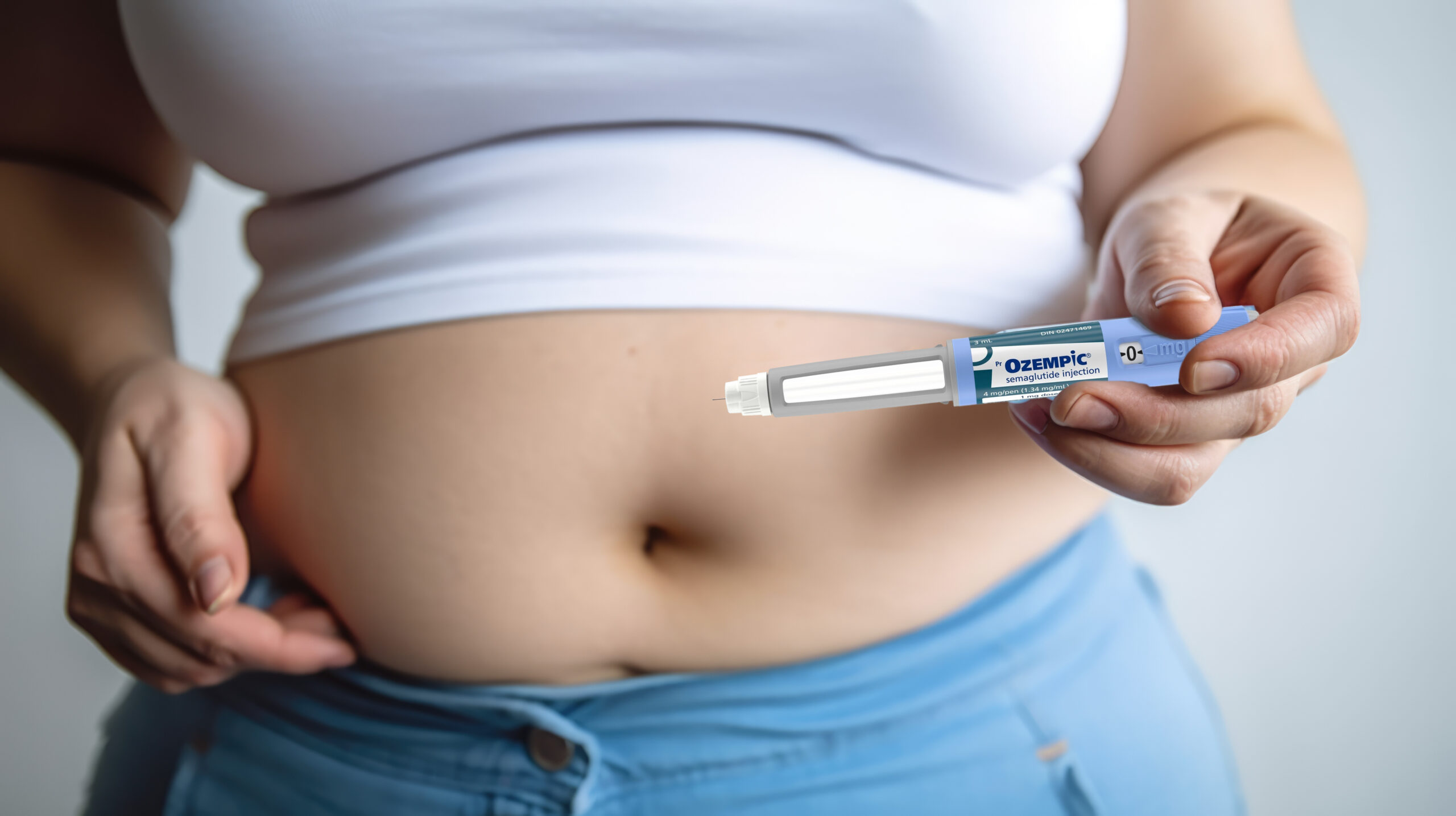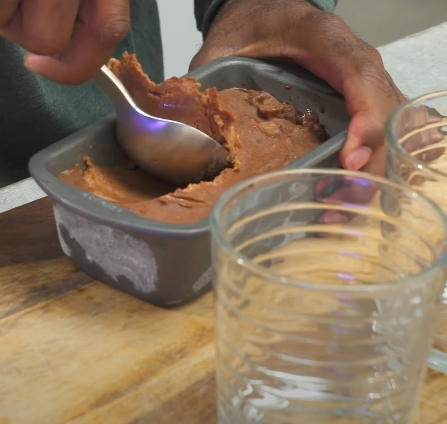In a member of our board’s tv segment, they discussed how the female athlete is more at risk of suffering a tear of the anterior cruciate ligament (A.C.L.) than the male athlete. They spoke about how female athletes in particular should focus on balance, core strength in the trunk and building up strength in the thigh muscles. By doing this, the athlete can be better able to handle start and stop motions as well as the lateral movements when they are cutting to run in a new direction. Following the tv segment, an article in the New York Times that took this topic further. You can find it on their website entitled “A New Breed of Knee Injuries in Young Athletes.” Parents with kids playing sports should really take time to read it.
The author cites a study from the American Academy of Pediatrics that reports a steadily increasing trend in A.C.L. and meniscus tears in adolescent athletes and even those under 10 years old. This is in both boys and girls. They report that twenty years ago its was accepted in the medical community that children were “immune” to tearing these ligaments, but instead they would fracture the part of the tibia that holds the ligaments in place because the bone may not have been strong enough to hold under physical stress.
They now shoot this theory down. In the study, researchers looked at pediatric hospitals from 1999 to the present looking for cases of tibial fractures, A.C.L. tears and meniscus tears. In that time span, there were 155 tibial fractures, but more alarming was that there were 914 A.C.L. tears and 996 meniscus tears. What is even more worrisome is that these injured children will probably develop severe arthritis at a much younger age.
Reasons for these injuries vary, but their conclusion is that kids are playing competitive sports much earlier, as young as four and five, and that unlike in the past, the kids are concentrating on one sport year round instead of building different strength and mobility multiple sports can offer. From this research one might assume that children’s muscles, ligaments and bones are still forming, and they are not ready for long stretches of hard, competitive play. Prior to organized sports participation, young athletes should be evaluated by a physical therapist and/or an orthopedist to determine if the child is at risk for potential knee damage.
After reviewing the findings in the article, our top five tips for parents of young athletes are:
- Limit the amount of competitive play — parents should monitor the length of the sport season their child plays in and make sure they have rest periods built in.
- Let them play multiple sports — more and more parents are pushing the kids to concentrate on one sport so they are not left behind when they get older. Strongly consider changing up sports that work different areas and muscle groups of the body.
- Free play — what has been largely lost for kids is the ability to just go throw or kick a ball around just for fun. Give them the time to enjoy just playing without the structured rules.
- Eat properly — always make sure they are eating healthy and balanced diets. Nutritious food significantly helps build and repair muscles.
- Proper sleep — sleep is crucial for children for overall physical and mental health. Make sure they always get the recommended amount of sleep for their age. They will learn better in the classroom, function better during the day and will be better equipped to handle the rigors of sports.
Interested in reading more? Check out our Top Five Tips for Avoiding Overtraining






